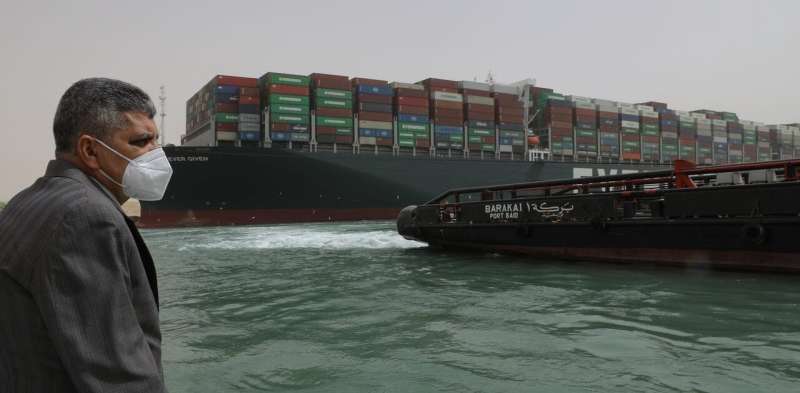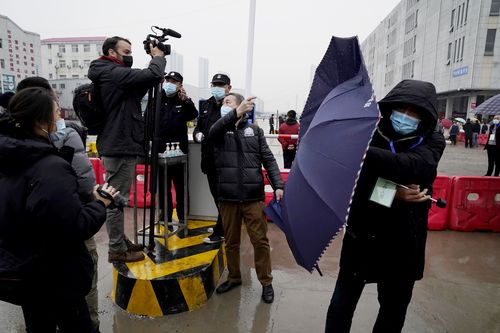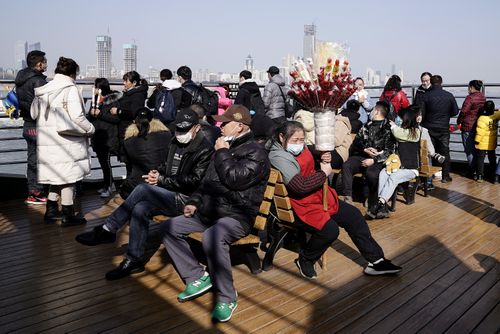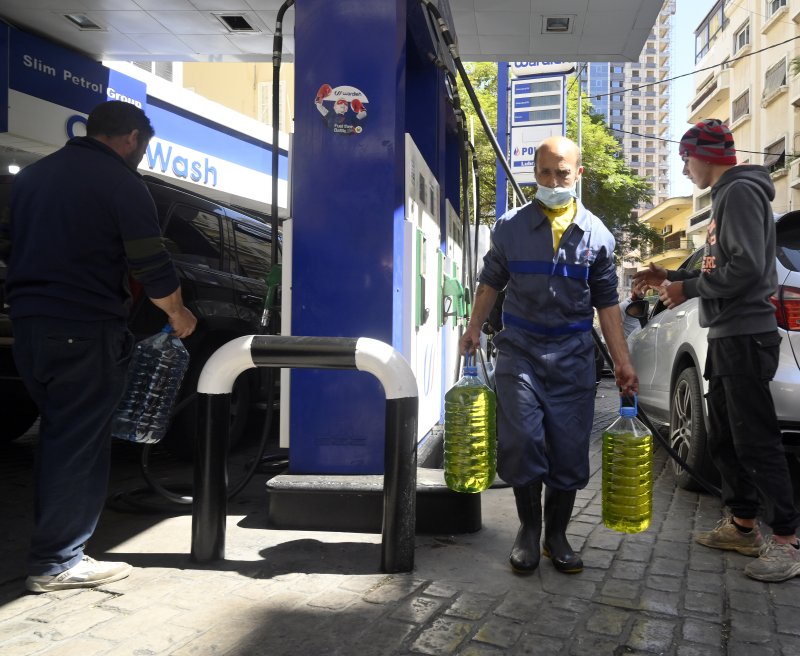What happens when back-flipping futuristic robot technology meets capitalism? Yeah, it’s warehouse work
Boston Dynamics: From Terminator to Amazon worker replacement
ANALYSIS Those fearing a takeover of the human race by robots may have failed to adequately account for the drudgery of modern capitalism.
Supermachine maker Boston Dynamics – the same outfit that gave us videos of back-flipping, door-opening, prowling robots – has unveiled its latest creation and it’s, well, it’s a warehouse laborer.
“Stretch is a versatile mobile robot for case handling, designed for easy deployment in existing warehouses. Unload trucks and build pallets faster by sending the robot to the work, eliminating the need for new fixed infrastructure,” the robotics biz pitches, exciting warehouse managers across the nation and absolutely nobody else.
The sleep-inducing descriptions continue: “Automate case handling anywhere in the warehouse with advanced mobility, reducing the need for fixed infrastructure”; “Maximize pick rates with hardware and software optimized to go beyond a full shift”; “Handle package variability in challenging environments with state-of-the-art vision systems.”
This is some distance from Boston Dynamics previous launches where millions of people alternatively marveled at and then feared the fact that modern technology had come so far that machines were able to perform athletic feats that many of us could not, as well as understand the world and think sufficiently well that they can come across a door handle and open it. The velociraptor nightmare come true.
Our long-held Dalek-defeating measure of adding steps suddenly seemed small and foolish as we imagined Atlas bounding along after us, followed at his heels by his fearless Spot dog.
I know kung... stacking
But the real-world and its overriding need to make money took over has intervened. Even moneybags Google dumped Boston after a few years because it wanted to make money more than cool new things. So instead of seeing the inevitable next step in Boston’s robot takeover - an automaton that can do kung fu or a machine that can hack systems by social engineering its own kind - what we have is a rotating set of arms that moves boxes without having to wear a waist belt.
Presumably Jeff Bezos is already doing the calculations, especially with the specter of unionized warehouse workers hovering over Amazon. Having a machine that doesn’t demand bathroom breaks, paid time off, or to be respected as a living being is likely to be an attractive prospect: but is it as quick? Based on the footage released, the answer is: probably not.
The other truth is: who cares? If there’s one thing we are all very comfortable with robots doing, it’s tedious physical labor. Shifting a pile of boxes from one place to another place is exactly the sort of thing we want machines to do. And if the horrifying addition of “artificial intelligence” only gives it the ability to spot a box, stick its stickers on it and then move it six feet away, then I think we can all get behind it.
More good ideas
Ideally, of course, we would use this vast freeing up of people’s minds and bodies from the tedium of manual work to encourage the extraordinary human traits of imagination and innovation. But in truth, society will likely just use the advent of Stretch to fire workers and then complain about them for drawing on unemployment benefit.
Still, at least our deaths at the hands of Terminator robots has been put off for a few years. And, by then, we may have perfected technology to obscure our atmosphere from the sun in order to counteract climate change: something that we are certain can only result in a positive outcome. ®










 Investigative team members of the World Health Organisation are seen visiting a Huanan seafood market in Wuhan. (Getty)
Investigative team members of the World Health Organisation are seen visiting a Huanan seafood market in Wuhan. (Getty)

 A member from the World Health Organisation team of experts uses his smartphone to record after boarding a bus to leave at the end of a two weeks quarantine at a hotel in Wuhan in central China's Hubei province on January 28, 2021. (AP)
A member from the World Health Organisation team of experts uses his smartphone to record after boarding a bus to leave at the end of a two weeks quarantine at a hotel in Wuhan in central China's Hubei province on January 28, 2021. (AP) Wuhan has no recorded COVID-19 cases of community transmissions since May 2020, life for residents is gradually returning to normal. (Getty)
Wuhan has no recorded COVID-19 cases of community transmissions since May 2020, life for residents is gradually returning to normal. (Getty)
